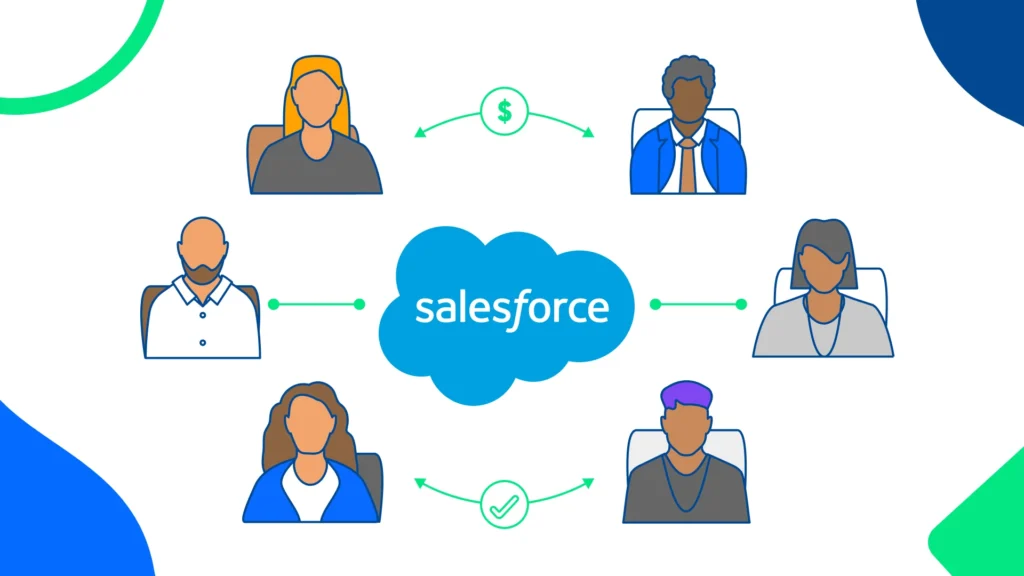
Introduction
Salesforce implementation can be a game-changer for businesses, streamlining operations and enhancing customer relationships. However, without proper planning, it can become a complex process with many challenges. In this guide, we’ll explore best practices to ensure a smooth and successful Salesforce implementation.
Understanding Salesforce Implementation
What is Salesforce Implementation?
Salesforce implementation refers to the process of setting up, configuring, and deploying Salesforce CRM to align with business requirements. It involves data migration, customization, user training, and integration with existing systems.
Key Benefits for Businesses
- Improved customer relationship management
- Automated sales and marketing processes
- Enhanced reporting and analytics
- Better collaboration across teams
Pre-Implementation Planning
Setting Clear Objectives
Before starting, define what you aim to achieve with Salesforce—whether it’s boosting sales, improving customer service, or enhancing data analytics.
Identifying Stakeholders
Include key decision-makers, end-users, and IT teams to ensure a holistic implementation strategy.
Defining Key Performance Indicators (KPIs)
Determine measurable goals such as increased lead conversion rates or reduced response times to track success.
Choosing the Right Salesforce Edition
Salesforce offers multiple editions tailored to different business needs:
- Essentials – Best for small businesses
- Professional – Ideal for growing teams
- Enterprise – Suited for larger organizations
- Unlimited – Offers full customization and advanced features
Building a Strong Implementation Team
Roles and Responsibilities
A strong team should include a project manager, Salesforce administrator, developers, and end-users.
The Importance of Executive Sponsorship
Having leadership buy-in ensures smooth execution and adoption of Salesforce across the organization.
Data Migration Strategy
- Cleaning and Structuring Data – Remove duplicates and inconsistencies.
- Mapping Data Fields Accurately – Ensure data aligns correctly between old and new systems.
- Ensuring Data Integrity – Use validation rules to prevent errors.
Customization and Configuration
Leverage Salesforce’s features to tailor the platform to your needs:
- Automate workflows using Process Builder
- Customize objects and fields
- Integrate apps from Salesforce AppExchange
User Training and Adoption
Provide hands-on training and resources to maximize adoption:
- Conduct role-based training sessions
- Offer user manuals and video tutorials
- Use adoption metrics to track progress
Integration with Existing Systems
Ensure Salesforce connects seamlessly with ERP, marketing automation, and other business tools. Use APIs and third-party connectors for smooth integration.
Security and Compliance
- Implement Role-Based Access Controls (RBAC) to protect sensitive data.
- Ensure compliance with GDPR, HIPAA, and industry regulations.
Testing and Quality Assurance
Before full deployment:
- Run a pilot program with a small user group.
- Gather feedback and refine configurations.
- Conduct thorough system testing.
Go-Live and Deployment
Decide between a phased rollout or a big bang approach. Post-launch, monitor user feedback and resolve any issues promptly.
Ongoing Support and Maintenance
- Regularly update Salesforce to leverage new features.
- Provide continuous training to adapt to system enhancements.
Common Challenges and How to Overcome Them
- Resistance to Change – Foster a positive culture with strong communication.
- Data Migration Issues – Plan and test thoroughly before migration.
- Underutilization of Features – Encourage users to explore advanced functionalities.
Conclusion
Implementing Salesforce successfully requires a well-thought-out strategy. By following best practices, businesses can maximize the platform’s potential and drive long-term success.
FAQs
- How long does a Salesforce implementation take?
- It varies but typically takes 3-6 months depending on complexity.
- Can small businesses benefit from Salesforce?
- Absolutely! Salesforce Essentials is designed for small teams.
- What are the common mistakes in Salesforce implementation?
- Poor planning, lack of training, and inadequate data management.
- Is Salesforce suitable for non-technical users?
- Yes, with proper training, anyone can use Salesforce efficiently.
- How much does Salesforce implementation cost?
- Costs vary based on edition, customization, and support needs.